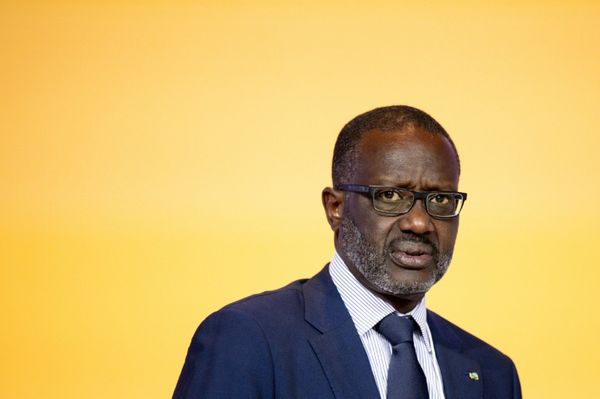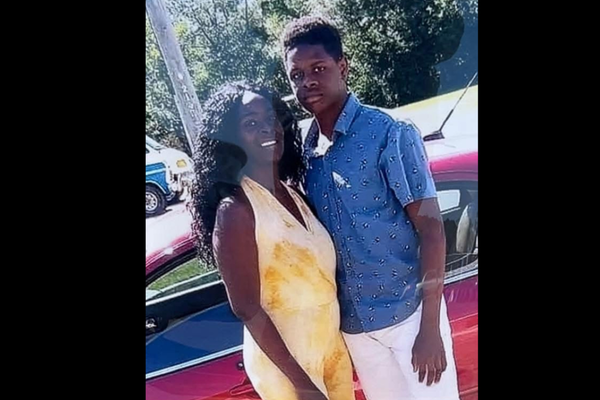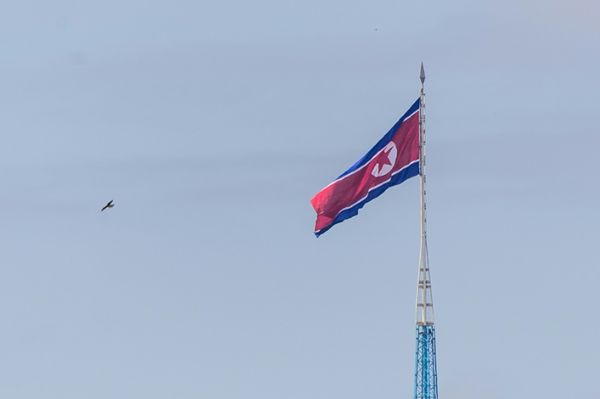In what could be one of the most important lawsuits of our time, The New York Times (NYT) sued OpenAI and Microsoft for copyright infringement. The IT industry was shaken recently by the brief ousting and swift reinstatement of OpenAI’s outspoken chief executive officer, Sam Altman, but the fierce conflict between the providers of information used to train Artificial Intelligence systems and the operators went unaddressed. Next came The NYT’s lawsuit, alleging that its content was used to train large language models (LLMs) and generative AI (GenAI) systems. If successful, this action might see The NYT receive billions of dollars in damages.
The NYT’s concerns, the counter
The NYT claimed that these companies use information from multiple sources to develop AI products. However, they give The NYT content special emphasis and “seek to free-ride on the Times’s massive investment in journalism” without permission or payment. This reduces readers’ perceived need to visit the Times website, potentially reducing advertising and subscription revenue.
Examples of many ChatGPT and Bing Chat (Copilot) outputs were provided, which were almost verbatim copies of The NYT articles with no attribution.
The Times claimed that although it had contacted these companies, talks to find “an amicable resolution” had come to a standstill. The complaint also addressed the problem of AI “hallucinations”, in which incorrect material is mistakenly credited to The Times. Furthermore, it wanted that any chatbot models and training data utilising Times copyrighted content be destroyed.
However, OpenAI argues that since using copyrighted content to train GenAI models “serves a new ‘transformative’ purpose”, their actions should be permitted under “fair use”. It goes without saying that The NYT disagreed.
Other cases
Even earlier, lawsuits were brought against AI services for using unpaid web content scraping. Several authors, including George Martin, Jonathan Franzen, and John Grisham, sued a few GenAI companies, alleging “systematic theft on a mass scale”. Philip Pullman and Margaret Atwood have signed an open letter demanding payment for the use of their works by AI companies. Alleging code misuse in Copilot training, some IT professionals have sued OpenAI, Microsoft, and GitHub. Stability AI, Midjourney, and DeviantArt were sued by visual artists for infringement of their copyrights. Getty Images also sued Stability AI. Universal Music Group urged Spotify and Apple Music to prevent scraping its material to train AI bots to make new songs. And so forth. But it is the first instance of a U.S. media house of significance suing Big Tech for such copyright infringement. However, its scope goes beyond the copyright dispute.
The U.S. Supreme Court declined to revive a challenge to Google’s digital library of millions of books seven years ago. The Times, however, has drawn comparisons between its move and a copyright lawsuit that dates back more than 20 years against Napster, in which record companies accused the file-sharing service of using their content unlawfully.
In this GenAI era, the current lawsuit undoubtedly opens up a new legal frontier. It may redefine legal contours around intellectual property rights in the U.S. and establish global precedents at a time when most regulatory frameworks, including those in India, are falling behind. “It is certainly a very important case... We should all stay tuned,” stated Union Minister Rajeev Chandrasekhar.
Also read | AI foundational models to disclose training data source under new bill: Report
An epic battle pits push-button information generated by AI against labour-intensive human newsgathering. From a legal perspective, it is a classic case of established law lagging behind new technology. The victory of Big Tech might deter human content producers. However, if The NYT prevails, GenAI companies might be required to compensate content producers for their use, which would significantly increase the cost of GenAI models. Interestingly, the U.S. Copyright Office received a comment from venture capital firm Andreessen Horowitz in October stating that exposing AI companies to copyright liabilities will “either kill or significantly hamper their development”. Therefore, a win by The NYT might accomplish what legislators around the world are trying to do: somewhat curb the AI genie. The ball is rolling, though. Apple has recently floated multi year deals to licence the news story archives for at least $50 million. OpenAI has agreements with Associated Press and Axel Springer for the sharing of their material with ChatGPT.
On Napster
Let us revisit the Napster case. The record companies won; Napster quickly vanished. Even so, the industry has been significantly impacted. Publishers such as The NYT certainly recognise they will have to embrace AI as the “future”. All they might want is to ensure that their business model is not destroyed and that they receive proper compensation. This case may very well be settled out of court; the lawsuit may orchestrate that process. Who knows?
Explained | News media versus OpenAI’s ChatGPT
Nevertheless, the resolution of this titanic legal dispute, if done by a court, could significantly shape GenAI’s future worldwide. Data is essential for the training of GenAIs. Copyright laws, mostly dating back to the printing press, were not designed to cover LLMs such asChatGPT. Notwithstanding, it is necessary for the courts and/or legislatures to evolve the laws to account for the constantly changing situation.
Atanu Biswas is Professor of Statistics, Indian Statistical Institute, Kolkata







